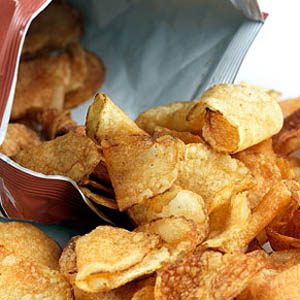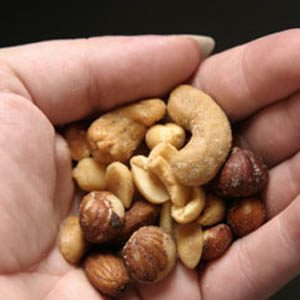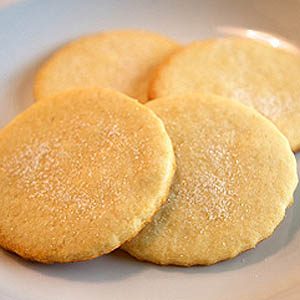
1. Make Smart Snack Associations
Instead of buying snacks or meals at a movie theatre, a ball game, or other event, chew a stick of sugar-free gum. Pretty soon you’ll associate the taste of gum, rather than high-calorie food, with that setting.
(Photo: skynesher/iStockphoto)

2. Avoid Stalking Snacks
At parties stand as far away as you can from the bowls of chips, dips, and other munchies.
(Photo: iStockphoto)

3. Stop Road Trip Temptation
On car trips plan ahead by bringing a few low-calorie snacks. If you have a tendency to munch in the car, bring just a single serving, not the whole box. Put the rest in the trunk.
(Photo: iStockphoto)

4. Go for Single Servings
Buy snacks in small packs. If you buy the giant size to economize, divide it into single-serving bags or containers as soon as you get home.
(Photo: diego_cervo/iStockphoto)

5. Use Strategic Placement
Put the healthiest snacks where you’ll see them when you first open a kitchen cabinet or the refrigerator. Hide the others behind them.
(Photo: iStockphoto)

6. Don’t Mix Food with Business
Don’t snack in your office. (And definitely don’t keep bags of chips or pretzels in your desk drawer.)
Go somewhere else-kitchen, cafeteria, lounge, or outside. That way you won’t associate your office with food.
(Photo: iStockphoto)

7. Eat In
At home enjoy your snacks in the kitchen – and nowhere else.

8. Snack for the Right Reasons
Don’t eat to relax. Relax, then eat. Stress can be a big factor in diet.
(Photo: Wavebreak Media/Thinkstock)